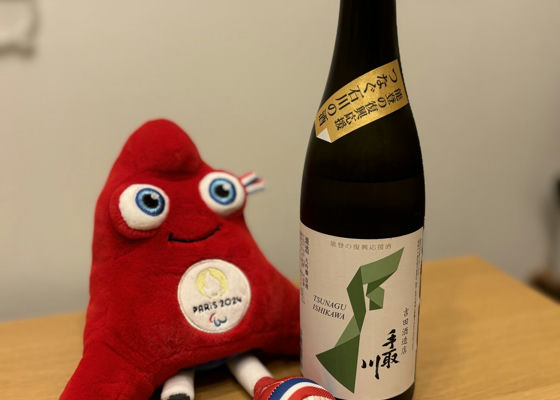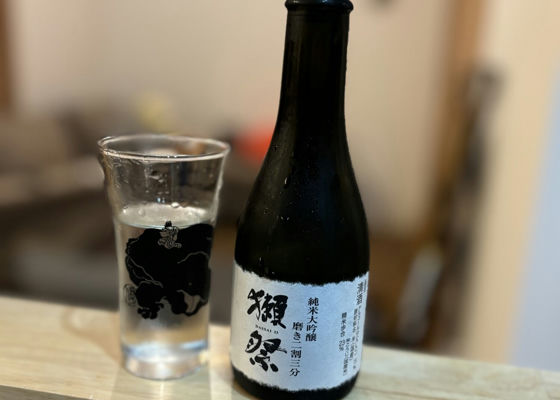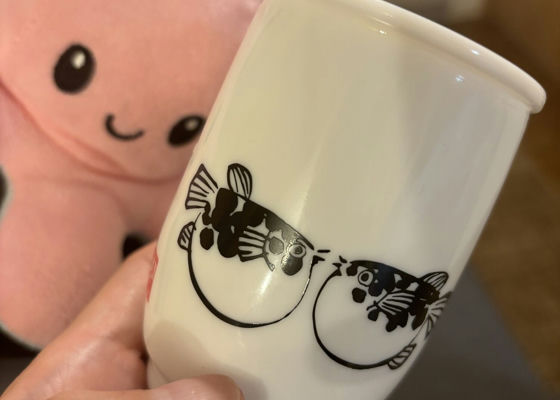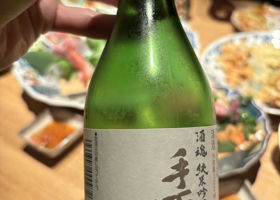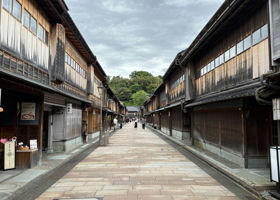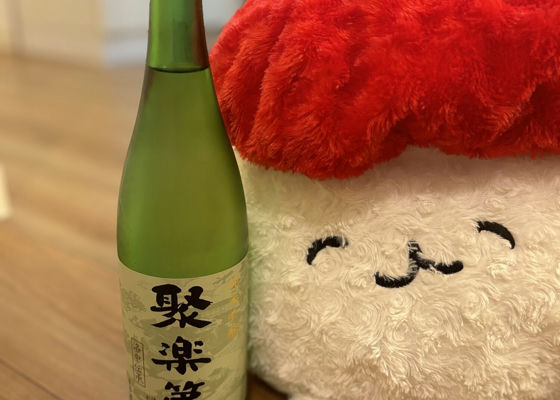𝕐𝕦𝕜𝕚 ʚ♡ɞ
It is almost evolving into a mirin (sweet rice wine) with its excessive umami and sweetness.
But still, a hint of freshness keeps it as a perfect sake.
This shock is addictive and makes me want to drink it weirdly once every 6 months or so 👾.
But I don't want to face this sake unless I'm in good physical condition. I think it goes well with a lot of dishes.
It fits the image of the strong and peculiar owner of Okawa Momoyama. From oden to everything else, this is a restaurant where you can have a special experience because of the ingenuity that goes into everything you ask for. You can't help but drink too much. ❣️
Sake strength: -10
Acidity: 3.1
Amino acidity: 2.0
Rice polishing ratio: 60
Alcohol: 17.7
No additive yeast
Japanese>English
